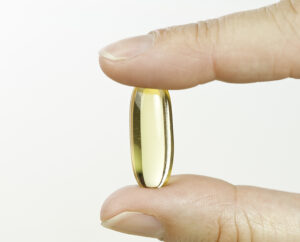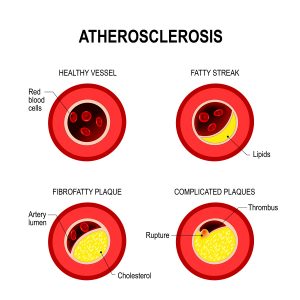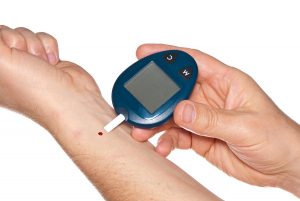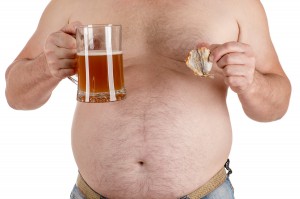A crossover study showed that a fasting-mimicking diet is benefitting cardiovascular health. This new study was done by Dr. Valter Longo et al. from the University of Southern California. It compared the effect of two diets. They were the fasting-mimicking diet versus an unrestricted diet. In other studies Dr. Longo compared the fasting-mimicking diet (FMD) with a Mediterranean diet. He said: “The significance is that fasting-mimicking diet cycles were able to decrease fat mass without reducing muscle mass and without requiring changes in the subjects’ preferred diet for 25 days a month. In contrast, the everyday Mediterranean diet required a change in everyday dietary habits and was associated with a 5 pounds loss of muscle.”
Findings of the effects of 5 days of the fasting mimicking diet per month
3 cycles of 5-day FMD per month showed the following effect. Fasting-mimicking diet patients experienced a remarkable decrease in trunk fat mass. Dr. Longo also showed in a previous study that the FMD reduces the circulating insulin-like growth factor 1. In addition, blood sugar, triglycerides, LDL and total cholesterol were reduced. In short, cardiovascular markers showed a protective effect in the FMD group.
Comments of a cardiologist to fasting mimicking diet
Dr. Rigved Tadwalkar is a cardiologist at Providence Saint John’s Health Center in Santa Monica, CA. He was not involved in the study by Dr. Valter Longo. He said: “When we look at different sorts of diets, we really want to get down to what sort of health benefit they actually provide. It was nice to see that both the fasting-mimicking diet and Mediterranean diet – which is almost like the mainstay of recommended diets right now – both led to weight loss and improvements in blood pressure, cholesterol, and blood sugar. These are all very important cardiometabolic parameters that lead to cardiovascular disease, so it’s nice to see that both are able to do so.”
Fasting-mimicking diet reduces abdominal fat
He went on to say: “What was interesting about the fasting-mimicking diet is that it had the added benefit of reducing abdominal fat, which was really important because that is a big reason why a lot of people diet. Not to mention it’s still important even from a medical standpoint because abdominal fat is a risk factor for cardiovascular disease.” He continued to point out that it will be important to show the long-term effect of the FMD. He suggested to have observations over several month and years. Also, he stressed the importance of showing the direct effect of the FMD on the reduction of cardiovascular disease. This would be in comparison to controls. All this requires much larger clinical trials with longer follow-ups.
Advantage of fasting-mimicking diet
The FMD is easy to follow. You only have to reduce your daily calorie intake for 5 days out of a month. The remaining 25 days they eat their normal diet. People are often unwilling to change their diet. With the FMD they only have to reduce their calorie intake to 500 to 600 calories per day. And this is only for 5 days in a row once per month. They will lose 0.5 to 0.7 units of body mass index (BMI) once a month. Compare the first day of your 5 day FMD with the day after your last FMD.
My experience with the fasting mimicking diet
I have done this for 6 years. In December of 2017 I listened to a lecture by Dr. Valter Longo at a conference in Las Vegas. Immediately after I started dong monthly FMD for 5 days. This kept my BMI within 21.0 to 22.0, because I use the FMD to correct any weight gains. Whether you want to adopt a DASH diet or a Mediterranean diet is another issue. This is eventually desirable to solve. But in the meantime stay in a healthy range with your BMI with the help of the FMD.
Conclusion
The fasting-mimicking diet (FMD) is a tool to reduce your abdominal fat. At the same time you improve your blood pressure, cholesterol, and blood sugar. You can achieve that by reducing your daily calorie intake. With the FMD you aim for between 500 and 600 calories for 5 consecutive days every month. With body composition scales you can see how your weight, fat percentage and body mass index reduce from before. These are all very important cardiometabolic parameters. If you allow them to get out of control they lead to cardiovascular disease. Start adopting the FMD to keep your weight the same or reduce it slightly. Worry about a possible diet change to a Mediterranean diet at a later point and introduce the beneficial changes. This makes dieting easier.















